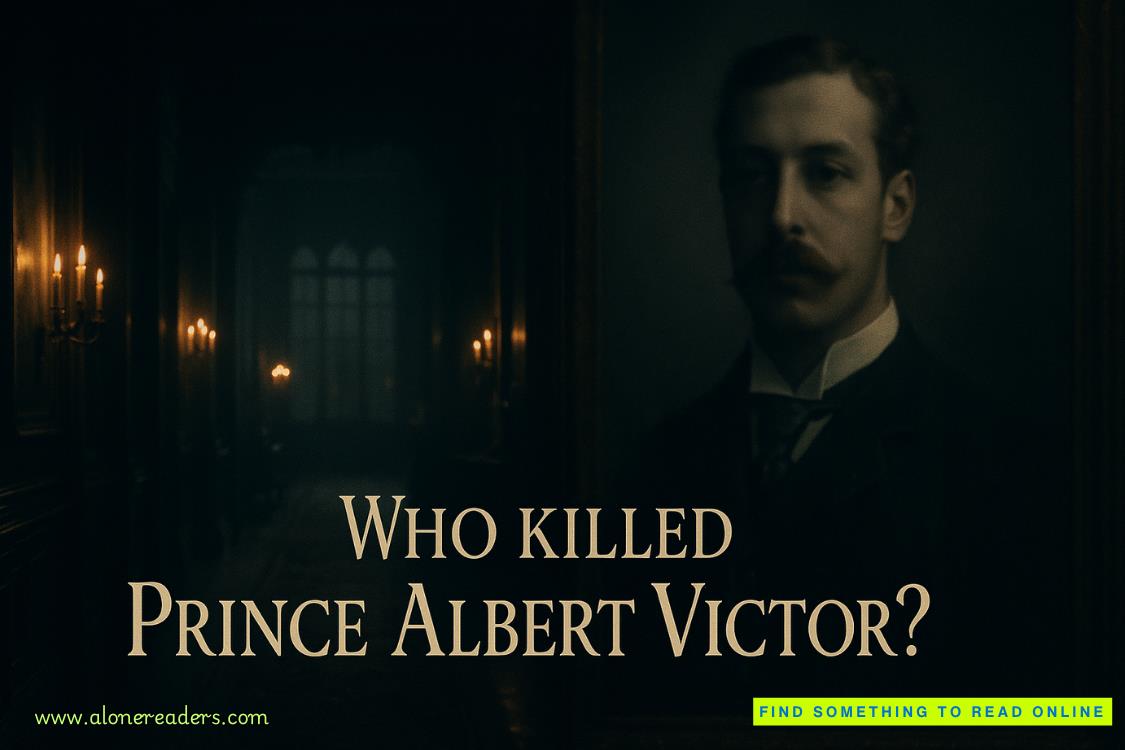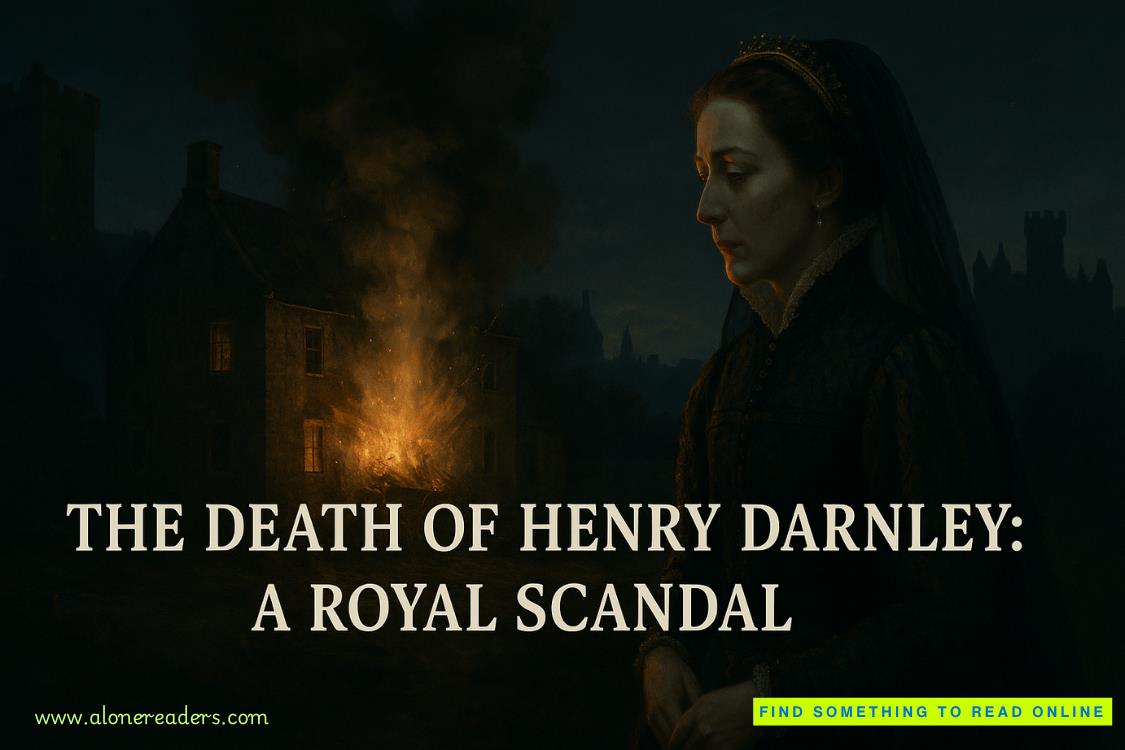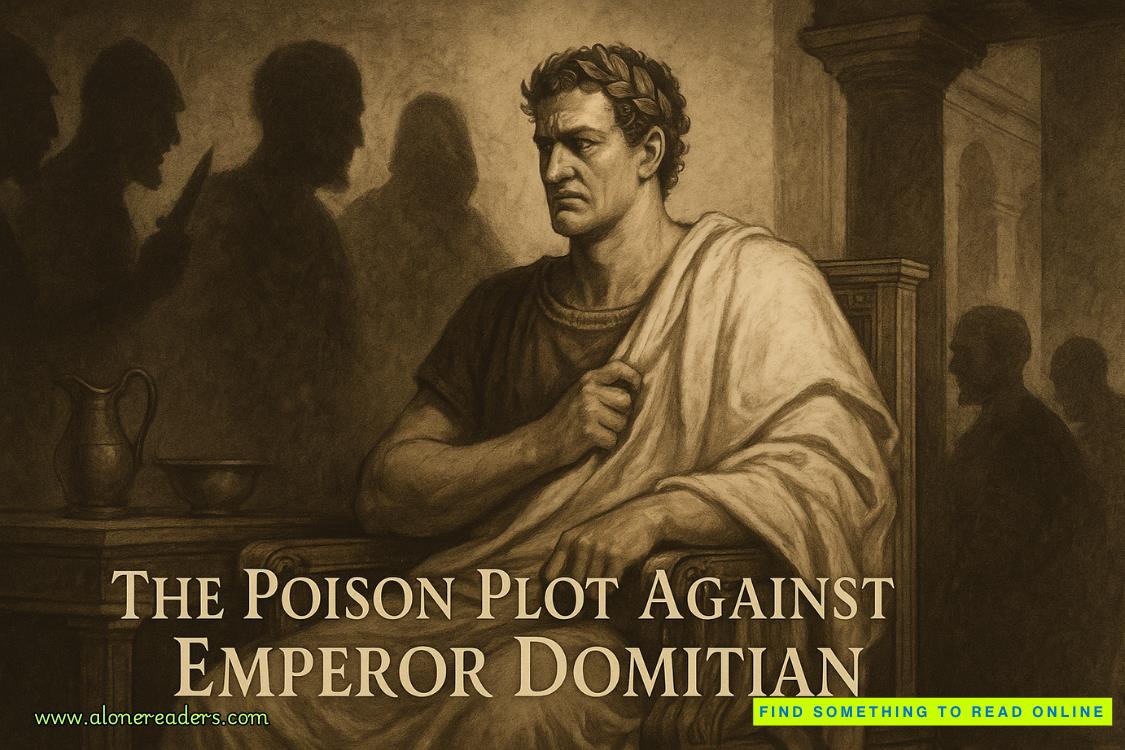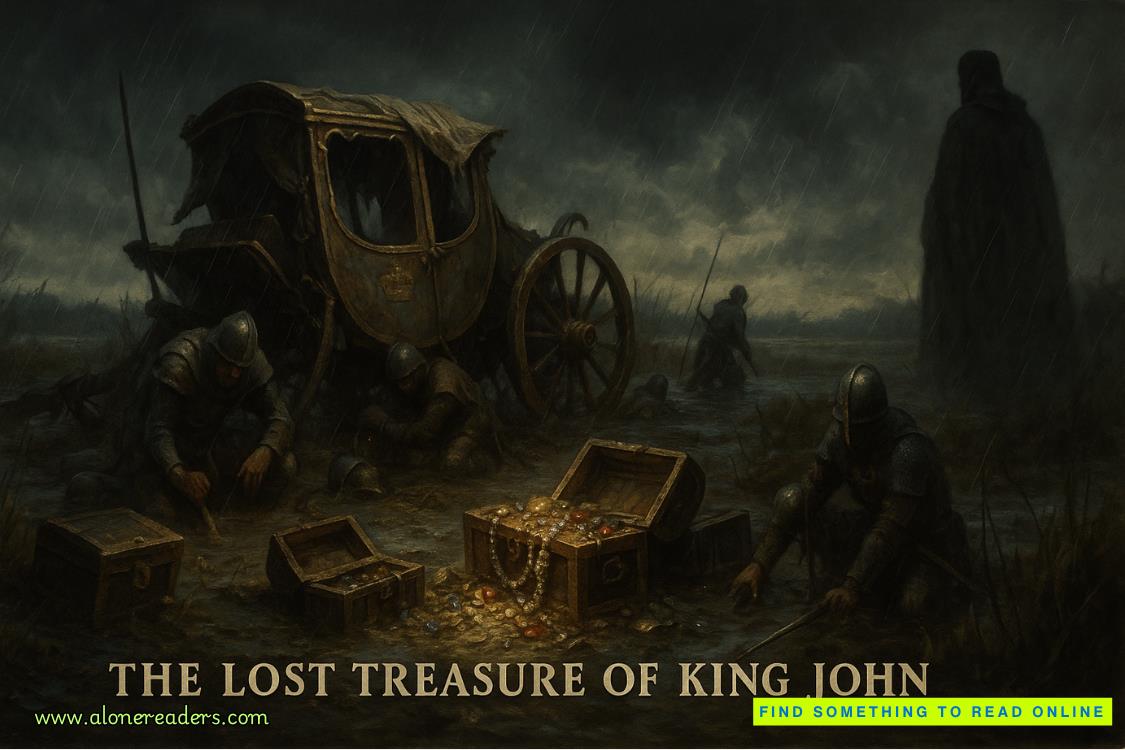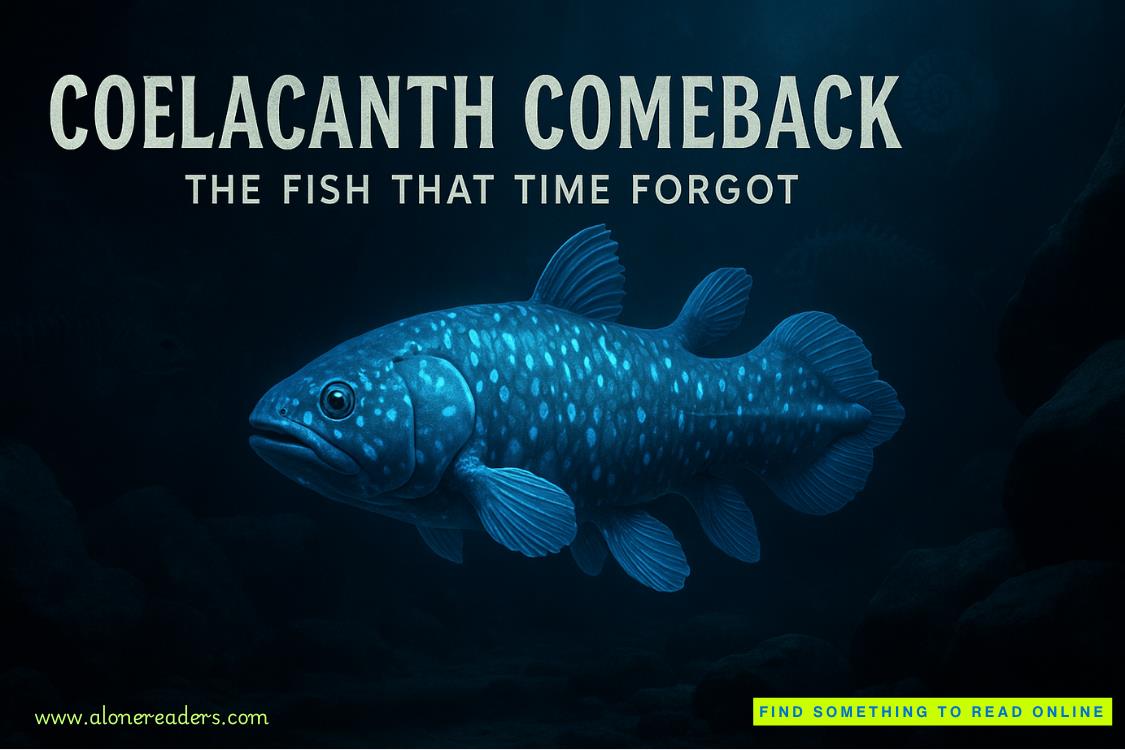Page 44 of The Cold Moon (Lincoln Rhyme 7)
"Good job." She tapped her fist to his, and she could see how pleased the young man was at his performance.
Sachs pulled away from the curb and they headed out of the East Village. When she thought they were far enough away from the house, she pulled over and they started comparing the two sets of figures.
After ten minutes they had the results. The quantities noted in the precinct log and the DA's report were very close. Only about six or seven ounces of pot and four of cocaine were unaccounted for, over the entire year.
Pulaski said, "And none of the evidence logs looked doctored. I figured that might be something to look for too."
So one motive--that the St. James crew and Creeley were selling drugs boosted from the 118th's evidence locker--wasn't in play. This small amount missing could've been lost because of crime scene testing or spillage or inaccurate logging at the scene.
But even if the cops weren't stealing from the locker, they might still have been dealing, of course. Maybe the cops scored the drugs directly from a source. Or they were perped at a bust before they were logged into evidence. Or Creeley himself might've been the supplier.
Pulaski's first undercover operation answered one question but others remained.
"Okay, onward and upward, Ron. Now, tell me, you want a bartender or a businessman?"
"I don't really care. How 'bout we flip a coin?"
"The Watchmaker probably bought the clocks at Hallerstein's Timepieces," Mel Cooper announced to Rhyme and Sellitto, hanging up the phone. "The Flatiron District."
Before he'd been dragged off by Sachs on the Creeley case, Pulaski had tracked down the Northeast wholesaler for Arnold Products. The head of the distribution company had just returned the rookie's call.
&nb
sp; Cooper reported that the distributor didn't keep records by serial number, but that if the clocks had been sold in the New York area, it would have been at Hallerstein's, the only outlet there. The store was located south of Midtown in the neighborhood named after the historic triangular building on Fifth Avenue and Twenty-third Street, which resembled an old-time flatiron.
"Check out the store," Rhyme instructed.
Cooper searched online. Hallerstein's didn't have its own website but was listed in several sites that sold antique clocks and watches. It had been in operation for years. The owner was a man named Victor Hallerstein. A check on him revealed no record. Sellitto punched in caller ID block and called, not identifying himself, just to check on the store hours. He pretended he'd been in before and asked if he was speaking to Hallerstein himself. The man said he was. Sellitto thanked him and hung up.
"I'll go talk to him, see what he has to say." Sellitto pulled on his coat. It was always better to drop in on witnesses unexpectedly. Phoning ahead gave them a chance to think up lies, whether or not they had anything to hide.
"Wait, Lon," Rhyme said.
The big detective glanced his way.
"What if he didn't sell the clock to the Watchmaker?"
Sellitto nodded. "Yeah, I thought of that--what if he is the Watchmaker or a partner or buddy of his?"
"Or maybe he's behind the whole thing and the Watchmaker's working for him."
"Thought of that too. But, hey, not to worry. I've got it covered."
With a sound track of Irish harp music pulsing in her ears, California Bureau of Investigation agent Kathryn Dance was absently watching the streets of lower Manhattan stream past, en route to Kennedy Airport.
Christmas decorations, tiny lights and tacky cardboard.
Lovers too. Arm in arm, gloved hands in gloved hands. Out shopping. On vacation.
She was thinking of Bill. Wondered if he would've liked it here.
Funny, the small things you remember so perfectly--even after two and a half years, which is such a huge gulf of time under other circumstances.
Mrs. Swenson?
This is Kathryn Dance. My husband's name is Swenson.
Oh. Well, this is Sergeant Wilkins. CHP.
